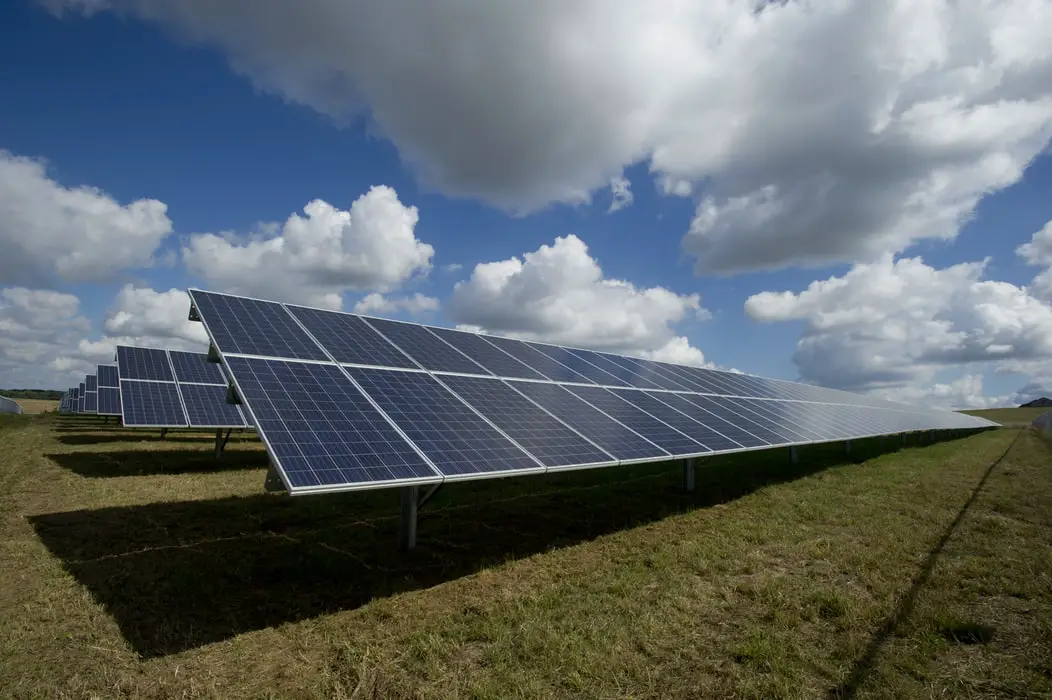The University of Hawai’i Maui College (UH Maui) has installed more than 3,300 solar panels on campus, reducing reliance on fossil fuels by an estimated 100 percent. The college is now “net-zero,” meaning it makes as much energy as it uses, thereby achieving carbon neutrality. Furthermore, during periods of low energy usage, UH Maui can store battery power for future use.
“This project speaks to our college’s innovation, to our responsibility to our community,” UH Maui Chancellor Lui Hokoana said. “It provides a deeper experience for our students and shows what we can do to protect our values and our environment.”
UH Maui’s attainment contributes to the “major gains toward UH’s goal of becoming net-zero by 2035,” said UH Vice President for Community Colleges Erika Lacro. UH community colleges in Kapi’olani, Honolulu, and Kaua’i are also looking to achieve carbon neutrality.
Net-Zero US Campuses
UH Maui is one of the first US campuses to generate all of its own energy from on-site facilities.
As of September 2020, nine universities have achieved carbon neutrality. The first to do so was Colby College, a university in Maine. It became net-zero in 2013, two years earlier than its projected goal.
Three of the colleges achieved carbon neutrality last year. Colorado College used geothermal and solar power to cut its emissions by 75 percent, combining it with renovations and efficiency upgrades to achieve net-zero.
For Allegheny College, reducing emissions by 50 percent through alternative energy and waste reduction techniques was enough to become net-zero. Meanwhile, Dickinson College achieved its net-zero goal by offsetting its carbon footprint and maintaining a culture of sustainability.



